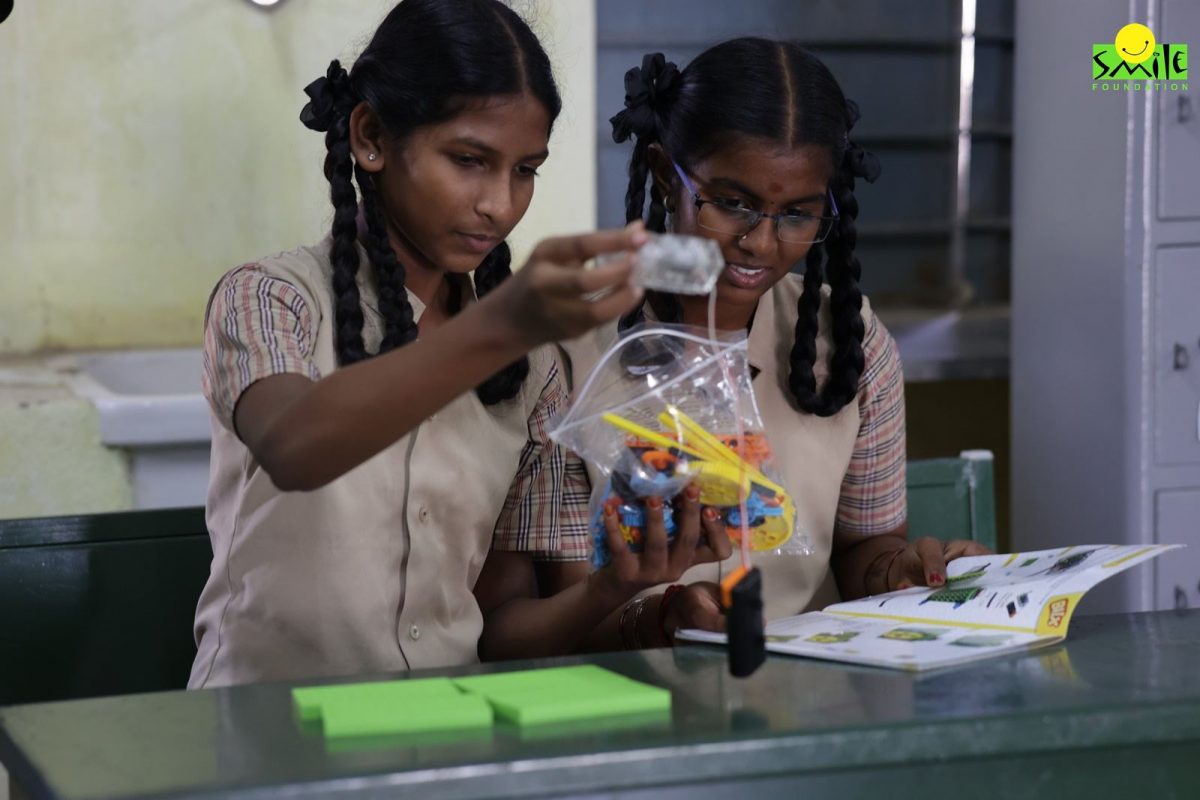Gender inequality and sexism are deeply ingrained in society, often perpetuated through language, literature and cultural norms. The words we use, the books we read, and the stories we tell play a significant role in shaping our understanding of gender roles and upholding patriarchal structures. Globally, patriarchal systems have marginalised women and gender minorities for centuries. This problem is particularly pervasive in India, but progressive policies and changing attitudes are slowly beginning to challenge these deeply rooted norms.
A global overview
Patriarchy has historically defined societal expectations for men and women, and language reflects these gendered norms. Phrases like “breadwinner” for men and “homemaker” for women reinforce traditional gender roles. Gendered language perpetuates stereotypes globally, where women are often described as “emotional” or “nagging,” while men are seen as “rational” or “decisive.” This bias in language has real-world consequences, contributing to a culture where women’s voices and contributions are undervalued or dismissed.
Evidence highlights the magnitude of this issue. The 2023 Global Gender Gap Report from the World Economic Forum reveals it will take another 131 years to close the gender gap at current rates. Women hold only 26% of parliamentary positions worldwide, and their presence in executive roles remains minimal. The global gender pay gap averages around 20%, and although some progress has been made, patriarchal norms remain entrenched. Educational materials, particularly textbooks, continue to reinforce these stereotypes, hindering progress toward gender equality.
The Indian scenario and the fight against sexism
In India, patriarchy shapes nearly all aspects of life, with gender norms influencing career choices, family roles and access to education and healthcare. Language, literature, and media reinforce these biases, often portraying women in stereotypical roles, which limits their opportunities and perpetuates the belief that their value is tied to men.
Indian textbooks play a significant role in perpetuating these stereotypes. Recent research reveals that Indian schoolbooks are among the worst in the English-speaking world when it comes to reinforcing gender biases. A 2024 analysis by Crawfurd, Saintis-Miller, and Todd found that textbooks in India emphasise male achievements and work while focusing on female appearance. Despite efforts by the National Council of Educational Research and Training (NCERT) to address these biases, progress has been limited. An analysis of NCERT books from 2020 to 2022 revealed that only 34% of gendered words were female, compared to 66% male.
These biases are mirrored in the Indian workplace. World Bank data shows that female labour force participation in India peaked at 31% in 2000. Since then, it has steadily declined, reaching a low of 21% in 2018. Even though progressive measures like the Maternity Benefit (Amendment) Act of 2017 extended maternity leave to 26 weeks, barriers such as unequal pay, lack of childcare, and rigid gender roles still prevent women from advancing in their careers.
Shifting attitudes: Progressive measures and changing narratives away from sexism
Efforts to combat patriarchal language and gender norms are gaining momentum both globally. Several countries have implemented policies to address sexism in language. Sweden, for example, encourages using gender-neutral pronouns, while France has banned gender-specific job titles. While these measures may seem small, they contribute to a broader shift in how societies view gender roles.
In India, both government and non-government organizations are working to change societal attitudes toward gender equality. Research has found that state board textbooks generally feature fewer mentions of women and girls than NCERT books. Gujarat, however, stands out for having the highest female representation in textbooks.
Interestingly, this gender bias in textbooks does not always align with societal attitudes. For example, Mizoram, which has progressive gender norms, has only 22% female representation in textbooks, while Gujarat, with higher female representation in books, has more conservative societal attitudes. This suggests that educational content alone does not determine societal norms.
In 2015, the Ministry of Women and Child Development launched the “Beti Bachao, Beti Padhao” (Save the Daughter, Educate the Daughter) campaign, to change societal attitudes towards girls and women by promoting education and empowerment through public awareness programs. The National Book Trust of India has published several books aimed at promoting gender equality. Additionally, works of feminist writers addressing the intersection of caste and gender oppression are increasingly included in academic syllabi, signaling a shift in societal understanding of caste and gender issues.
Progressive workplace policies are also emerging. The Sexual Harassment of Women at Workplace Act of 2013 marked a milestone in addressing workplace sexism. Despite progress, cultural change remains slow. A 2022 report by the Pew Research Center found that 84% of Indians believe that women should always obey their husbands, underscoring the persistence of patriarchal norms. However, the same report also found that younger generations are more likely to challenge these beliefs, suggesting that attitudes are slowly shifting.
Role of education and literature in shaping future narratives
One of the most effective ways to challenge patriarchy is through education that Smile Foundation does in its girl child campaign. Schools and universities play a critical role in shaping young minds and the inclusion of progressive literature in curricula can help dismantle long-standing stereotypes. The Indian government’s National Education Policy (NEP) 2020 promotes gender inclusion and critical thinking, encouraging students to question traditional gender roles. Organisations like NCERT have revised textbooks to incorporate chapters on gender equality and women’s empowerment, making education more inclusive and fostering change in societal attitudes.
The bottom line
While patriarchy and gender inequality remain deeply embedded in societies globally and in India, change is on the horizon. Language, books, and education—once tools of oppression—are now being used to challenge patriarchal norms and push for a more equitable world. Progressive policies, changing attitudes and the rise of feminist literature are slowly dismantling patriarchy’s foundations. Although the journey toward gender equality is long, these conversations are reshaping the future for generations to come.



